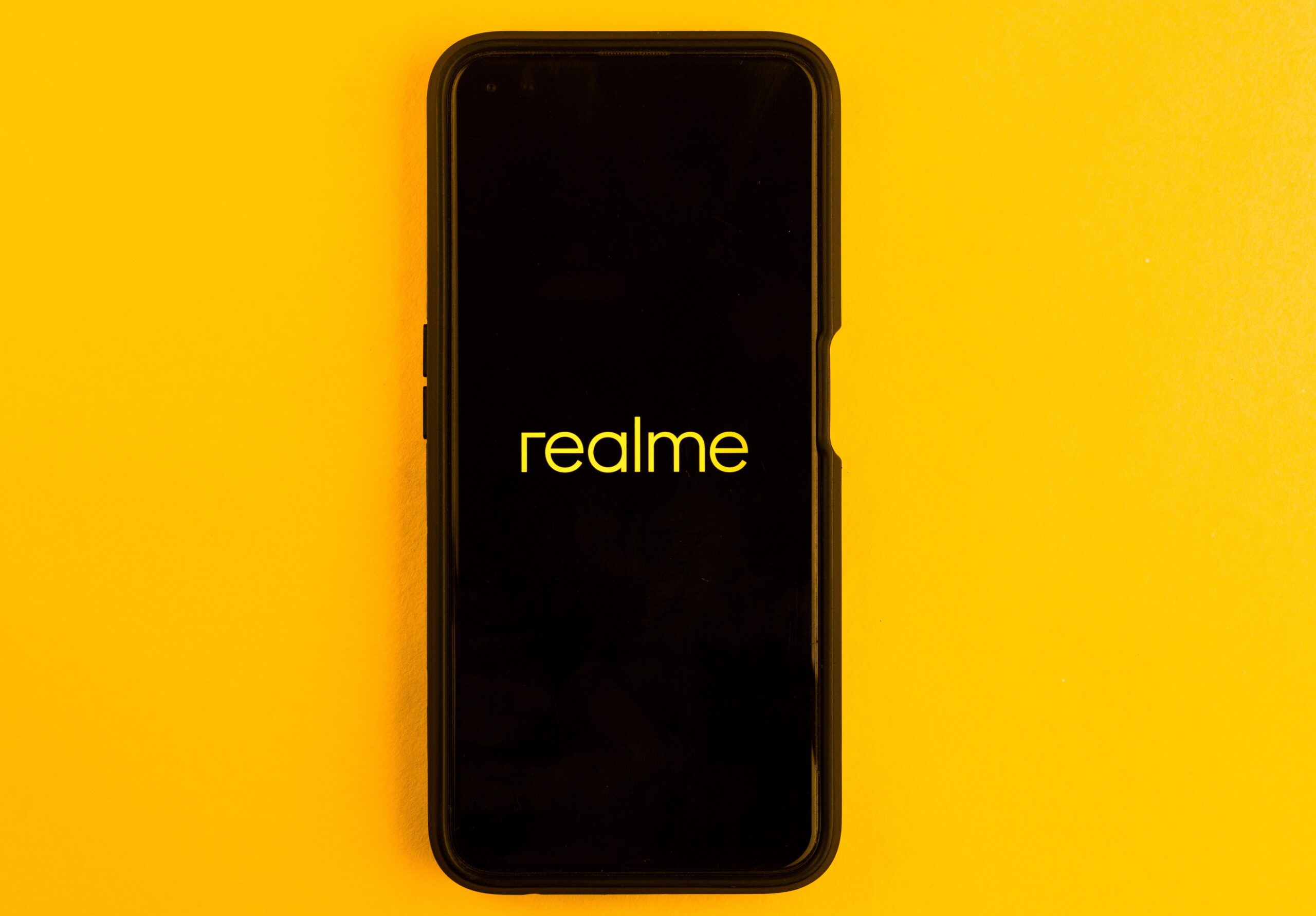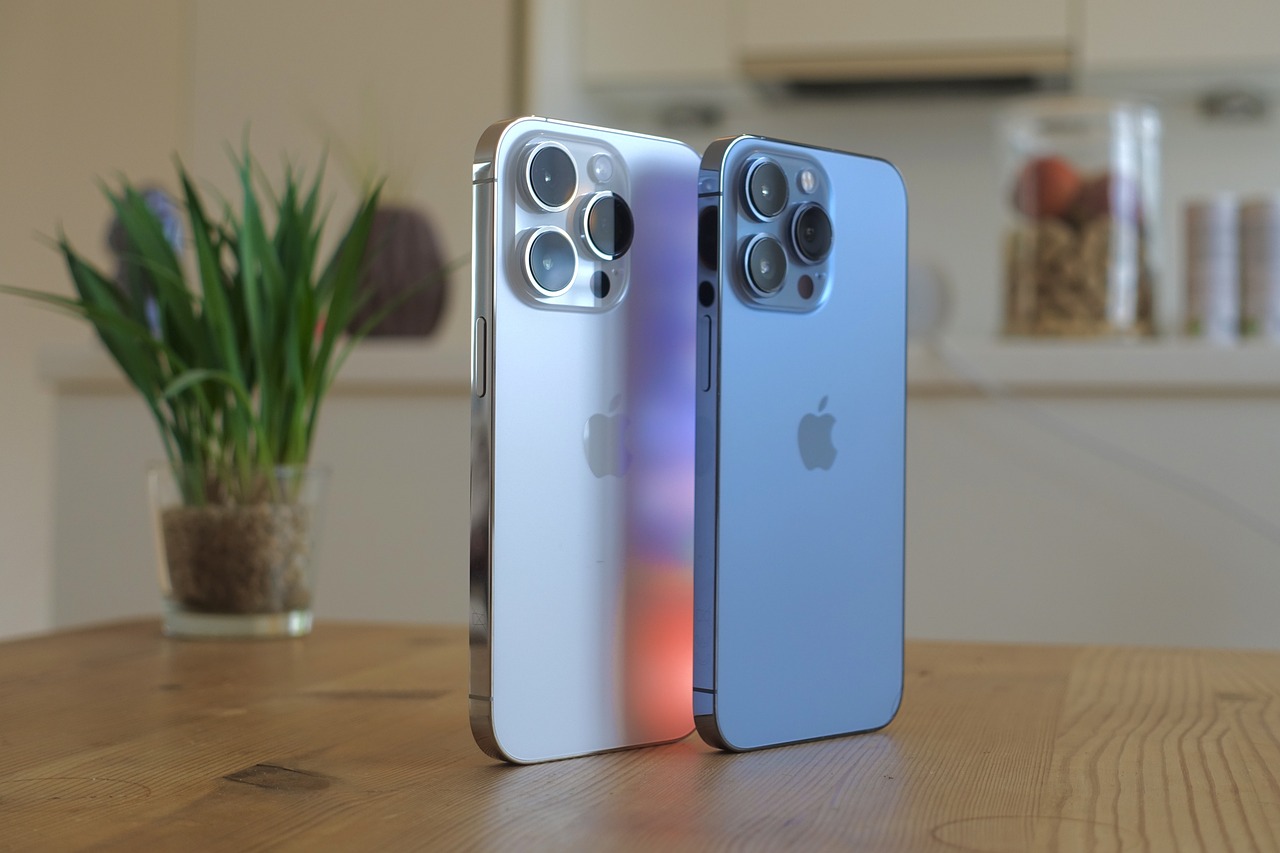In an increasingly connected world, our privacy becomes a precious commodity. There are times when we want to contact another person without revealing our identity or phone number. This is when knowing how to make a restricted call comes in handy. This article explores the different ways to make a restricted call, allowing you to keep your identity a secret when necessary.
Many people wonder how make restricted connection, or private call. It is important to note that this means that the person receiving the call will not be able to see your number on their caller ID. Instead, they will see terms such as “private number,” “unknown number,” or something similar. In many cases, the person receiving the call may choose not to answer, especially if they do not answer calls from unknown numbers. However, in certain situations, making a restricted call is the best option.
There are a number of reasons why you might want to set up a restricted call. It could be to protect your privacy when calling an unknown number, or to surprise a friend or family member. Regardless of the reason, it’s important to know that you have the option to set up a restricted call whenever you want.
How to Make a Restricted Call Using the Caller ID Block Code
The easiest way to make a call restricted is to use the caller ID blocking code before dialing the number you want to call. In Brazil, the code is #31#, and must be entered before the phone number.
Caller ID Blocking Code Usage Example
| Steps | Description |
|---|---|
| Step 1 | Type #31# on your phone's keypad. |
| Step 2 | Enter the phone number you want to call. |
| Step 3 | Press the call button. |
Phone Settings to Make a Restricted Call
Another way to make your caller ID restricted is to change your phone settings. Most smartphones have an option to hide your phone number from all calls.
On an iPhone, for example, you can go to Settings > Phone > Show My Number and turn this option off. On an Android, the path may vary slightly depending on the manufacturer, but it's usually something like Settings > Phone app > Call Settings > More Settings > Caller ID > Hide Number.

Private Calling Apps
There are also apps available that allow you to make restricted calls. Some of these apps include Burner, Hushed, and CoverMe. They offer a variety of features, such as temporary phone numbers and the ability to send text messages anonymously.
Ethical Considerations When Making a Restricted Call
While placing a restricted call is legal and sometimes necessary, there are some ethical considerations that must be taken into account. Placing a restricted call to harass or threaten someone is illegal and can lead to serious legal consequences. Additionally, repeatedly placing restricted calls to someone who does not wish to receive your calls can be considered harassment.
Use the restricted calling option with respect and consideration for others. Avoid making restricted calls to emergency numbers, as these services rely on caller ID to respond efficiently and effectively.
Restricted Calling is not Completely Anonymous
While restricted calling hides your number from the caller, it’s important to note that this practice doesn’t make your call completely anonymous. In situations involving criminal investigations or when someone’s safety is at stake, law enforcement agencies have the means to track the origin of a call, even if it’s made as restricted.
Similarly, telecommunications companies keep records of all calls made and received, and these records can be legally obtained if necessary. So while restricted calling can help protect your privacy in everyday situations, it is not a guarantee of complete anonymity.
Conclusion
Setting up a restricted call can be a useful tool for protecting your privacy. Whether it’s using a caller ID blocking code, changing your phone’s settings, or using a private calling app, there are several ways to set up a restricted call. Remember, however, to use this option responsibly and respectfully towards others. While restricted calls can help protect your privacy, they are not completely anonymous and should be used with ethical considerations.
Reference: Procedure Guide



